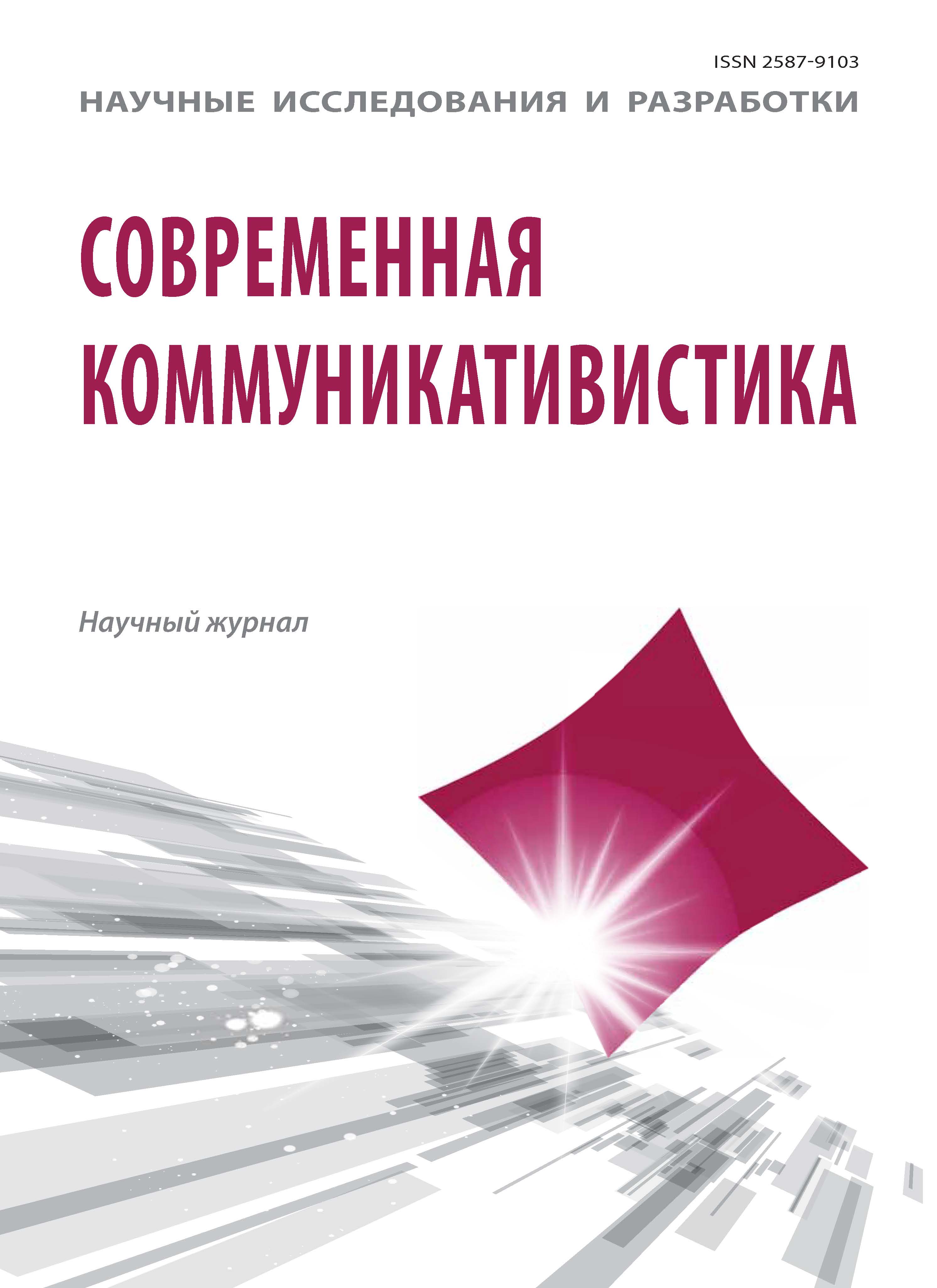Rostov-na-Donu, Russian Federation
In this article the author analyzes factors and social conditions that in the 1990s affected the transformation of the editorial policy of the «The New York Times», one of the most respected and influential newspapers, not only in the United States, but worldwide. The author of this article traced trends and conditions of the development of American quality press that turned «The New York Times» from strictly quality newspaper intended for the intellectual elite and high-ranking officials in qualitative mass edition. The publishers were forced to adapt to the wishes and sentiments of new readers. Consequently, their decision was to simplify the official style of respectable «The New York Times» paying more attention to the scandalous articles and the criminal chronicle. The article also explores the thematic focus of updated elite newspaper, addressed now not only to the rich people of high society, but also to representatives of different social groups. The subjects of this article are typological innovations in the newspaper related to social, cultural, economic and political changes in the United States. The purpose of the study is to analyze the above changes in content of the newspaper’s publications.
innovations in «The New York Times», editorial policy, the quality newspapers, the American press.
Введение
На всемирно известную уважаемую и влиятельную американскую газету The New York Times (далее NYT) ссылаются как на источник достоверной информации и издание, отражающее позицию ведущих экономических и политических кругов США. Актуальность исследования обусловлена необходимостью рассмотрения деятельности NYT в контексте процессов коммерциализации и их влияния на развитие качественной журналистики. Цель статьи — выявить, каким образом изменения в жизни общества и смена духовных и мировоззренческих ценностей повлекли за собой определенные изменения в типологических характеристиках NYT, в тематике ее публикаций, во внутренней структуре и оформлении газеты. Данные преобразования наиболее ярко проявились в начале 90-х гг. ХХ в.
1. Frankel M. Winners and Sinners. The New York Times. 28.02.1991. Section А. P. 3.
2. Tabor M.B., Butterfield F. Teddy’s Sexy Romp. The New York Times. 1991. April, 17. Section National. P. 17.
3. Golovanova G.A. The US Press of the 1990s. Moscow, Moscow State University Publ., 1996. 85 p. (in Russian)
4. Diamond E. Interview with Arthur O. Sulzberger, Jr. The New York Times. Section Op-Ed/Editorial. 1987. December, 7. P. 28.
5. Welles Ch. The Arthurian Legends: A Tale of the Times. Business Week. -1999. - October, 4. Available at: http://www.businessweek.com/1999/99_40/b3 (date of access: 9.02 2015)
6. Why U.S. Newspapers are in crisis? Pravda. 1991. 2.01, p. 7. (in Russian)
7. Dominick J.H. The Dynamics of Mass Communication. NY: McGraw-Hill Publishing Company, 1996. 560 p.
8. Diamond Е. Behind the Times. Inside the New York Times. New York: Villard Books, 1994. 438 p.
9. Jhones A. Rethinking newspapers. The New York Times. Business Section. 1991. January, 6. P.7. / Fowels Jh. The upheavals in the Media. The New York Times. Business Section. 1991. January, 6. P. 9
10. Cohen R. The Alliterate Americans. The New York Times. Education Section. 1991. January, 6. P. 4.
11.







